Turning moon rocks into Oxygen
Credit: NASA
International and commercial partnerships are a critical component of NASA’s long-term plans on and around the Moon under the Artemis program. In October 2021, NASA signed an agreement with the Australian Space Agency that will further support human and robotic lunar operations for both countries.
As part of the agreement, an Australian consortium will develop a small rover that can operate on the lunar surface. The rover will collect and transfer lunar regolith (broken moon rock and dust) to a NASA-operated in-situ resource utilization (ISRU) system on a commercial lunar lander. It is anticipated this rover could fly to the Moon as early as 2026.
Installed on the lander, NASA’s ISRU demonstration will attempt to extract oxygen from the lunar regolith. The soil contains oxygen in the form of chemical compounds with elements like iron and silicon. The small-scale technology demonstration will aid in the design of larger, more capable units in the future. Such units could enable astronauts to use resources on the Moon to create rocket fuel and other mission consumables.
Trailblazer Mission
Credit: Lunar Outpost Oceania
The primary objective of the lunar rover is to deliver lunar regolith to the ISRU facility on the surface of the Moon. This will require the rover to survey the environment, locate and acquire the regolith, transport it to the designated delivery zone, and deposit it at the ISRU facility. The rover will repeat this process until the required amount of regolith is delivered. The rover is expected to become more autonomous and learn from its environment through these repetitions. Additional tasks that can be performed by the rover include loading and unloading regolith, constructing regolith stores, conducting remote asset inspection, performing surface preparation, and carrying out end-of-life tasks.
Learning from prior missions
International Capabilities
Expanding its presence from the United States and Europe, Lunar Outpost announced the formation of Melbourne-based Lunar Outpost Oceania (LOOC), a wholly owned subsidiary established to support and accelerate the Australian aerospace industry. LOOC will leverage the knowledge from prior missions while building local Australian expertise to drive a successful Moon to Mars Trailblazer mission and invigorate Australia’s emerging space industry.
MAPP Rover
ELO2 will design and build the Trailblazer rover in Australia, leveraging the experience and lessons learned from the development of the Lunar Outpost MAPP Rover. Lunar Outpost's South Pole M1-MAPP lunar rover is the premier commercial Lunar Surface Mobility Platform, with extensive capabilities for lunar surface operations. MAPP has the capability to traverse 2+km with payloads onboard, at an average speed of 1.7 cm/s and a max speed of 10 cm/s. MAPP has also performed integration compliance checks with all the CLPS lander providers, allowing great flexibility and rapid integration with the as-yet unselected Trailblazer lander.Lunar Outpost’s experience with MAPP provides a level of feasibility and risk reduction to the Trailblazer Program for the Australian Space Agency as well as baseline approaches to the design of the new rover for Australia. Lunar Outpost also has a second mission, supported by NASA’s PRISM program, to the equatorial Reiner Gamma lunar region; this 2024 Mission 2 will also be completed ahead of Trailblazer, further de-risking key rover technologies in the form of heritage, operational experience, and lessons learned. MAPP’s flight heritage on NASA missions will also provide an abundance of opportunities to the ASA through this project.
Credit: Lunar Outpost




